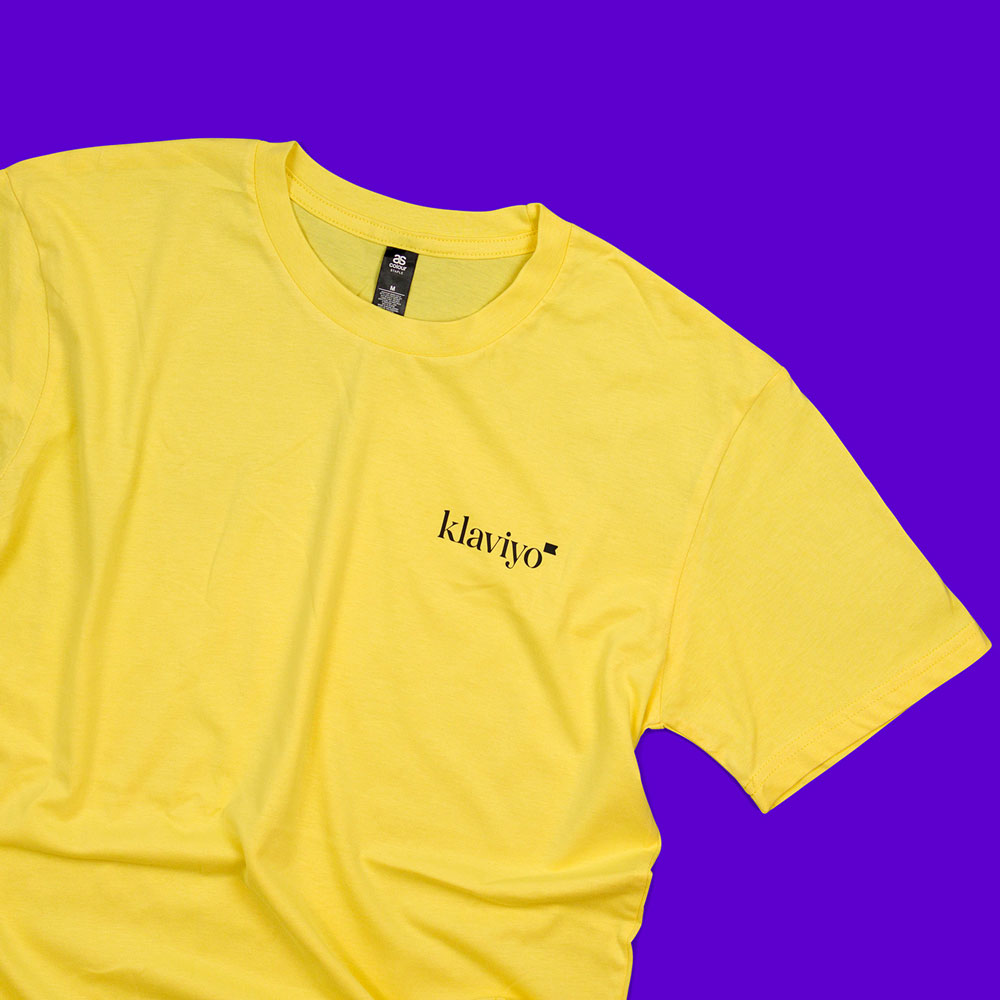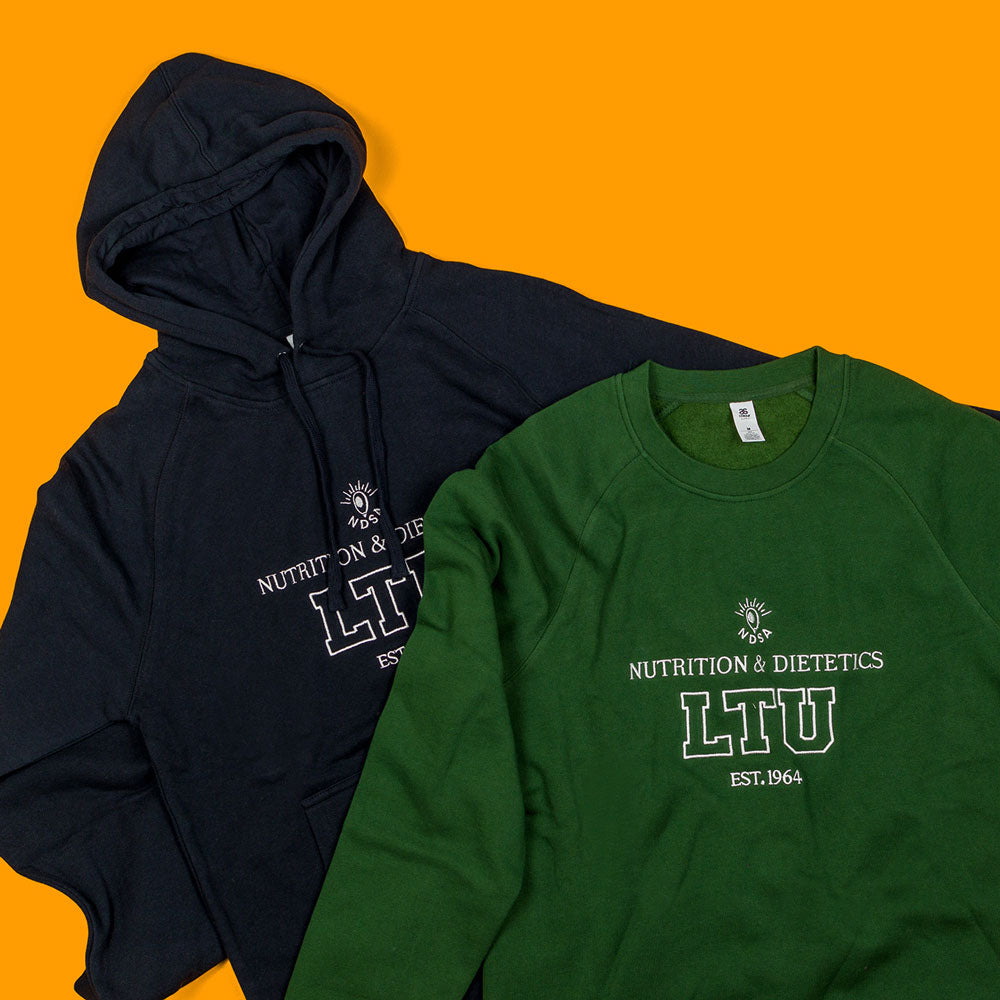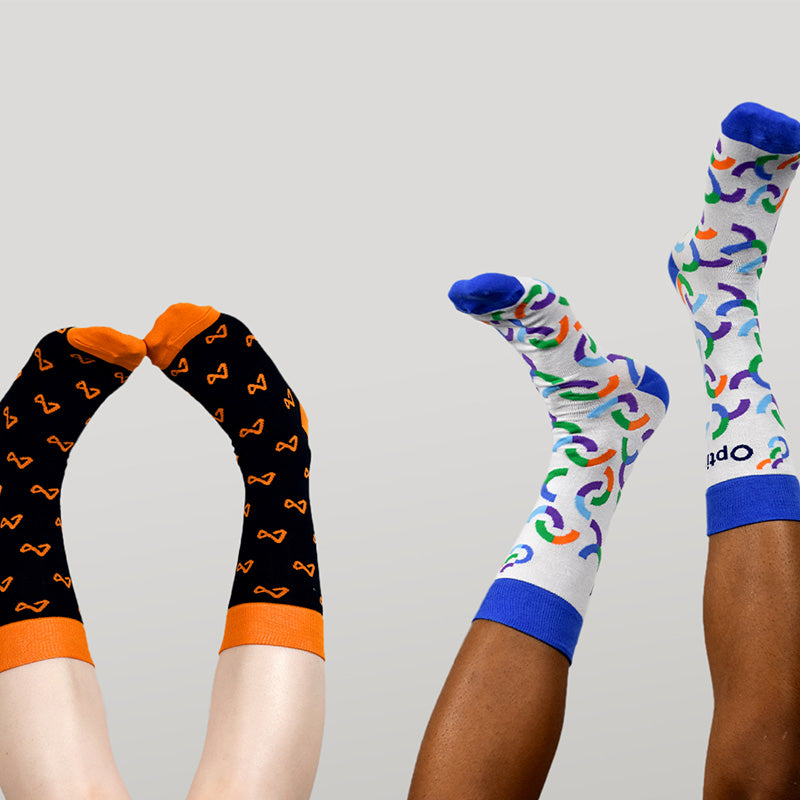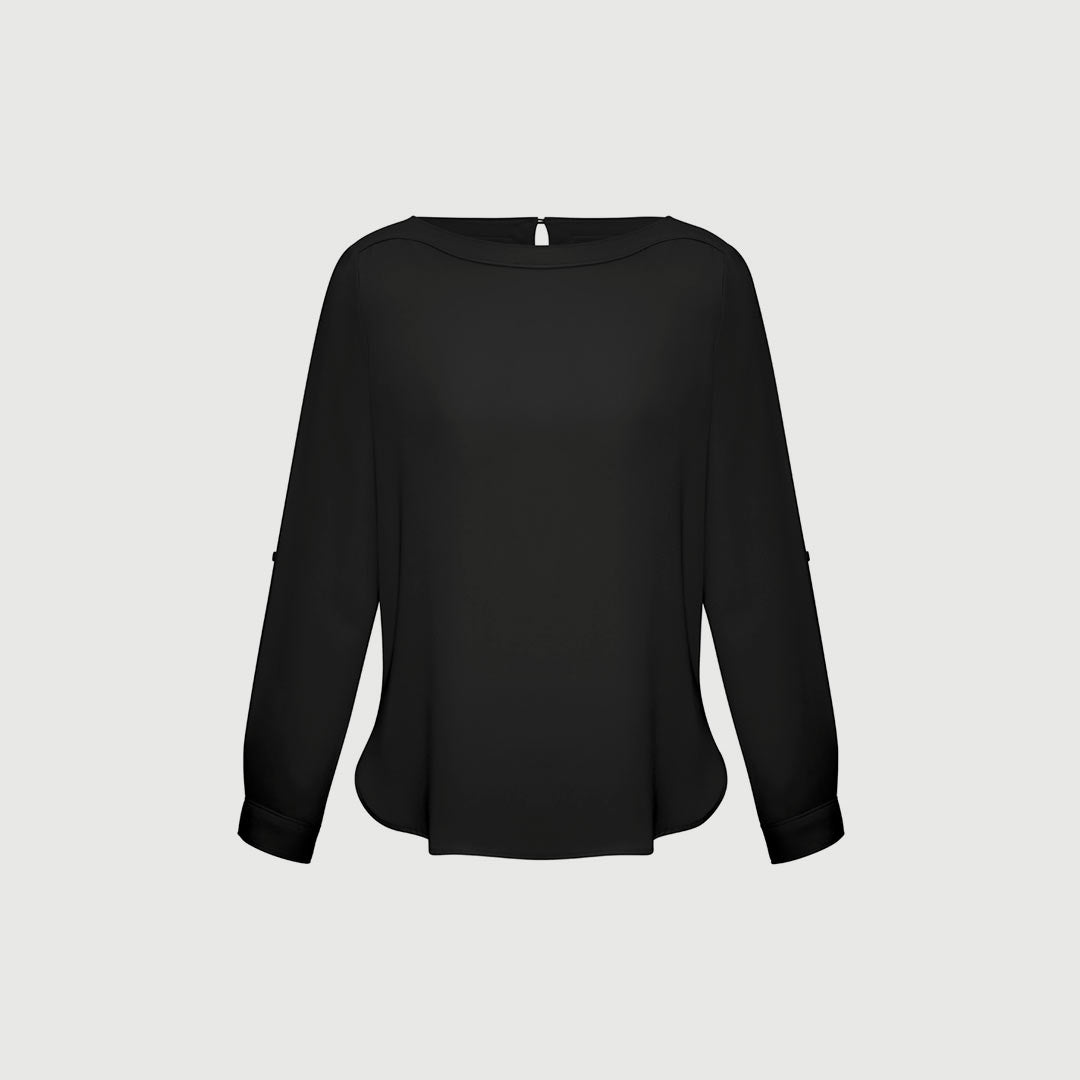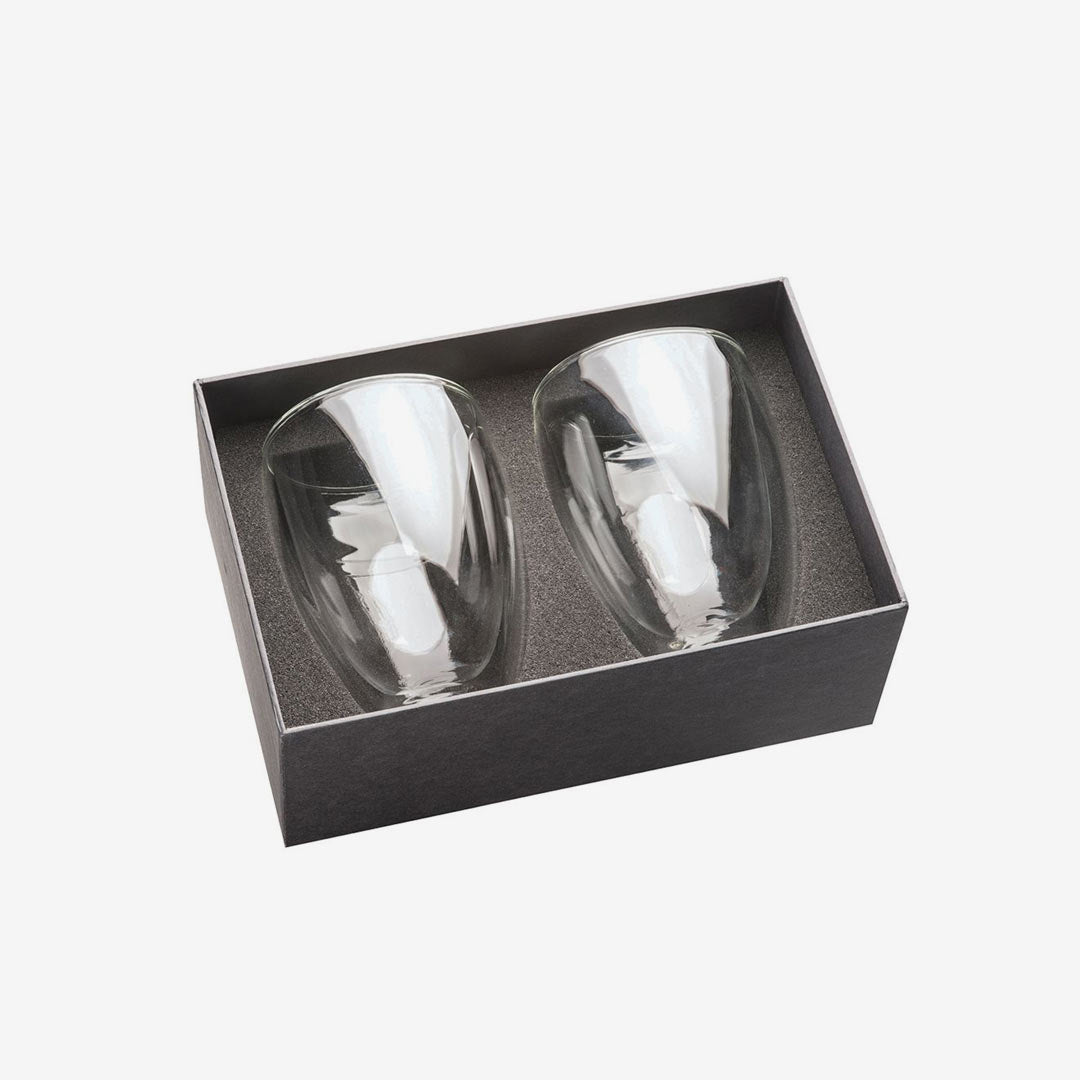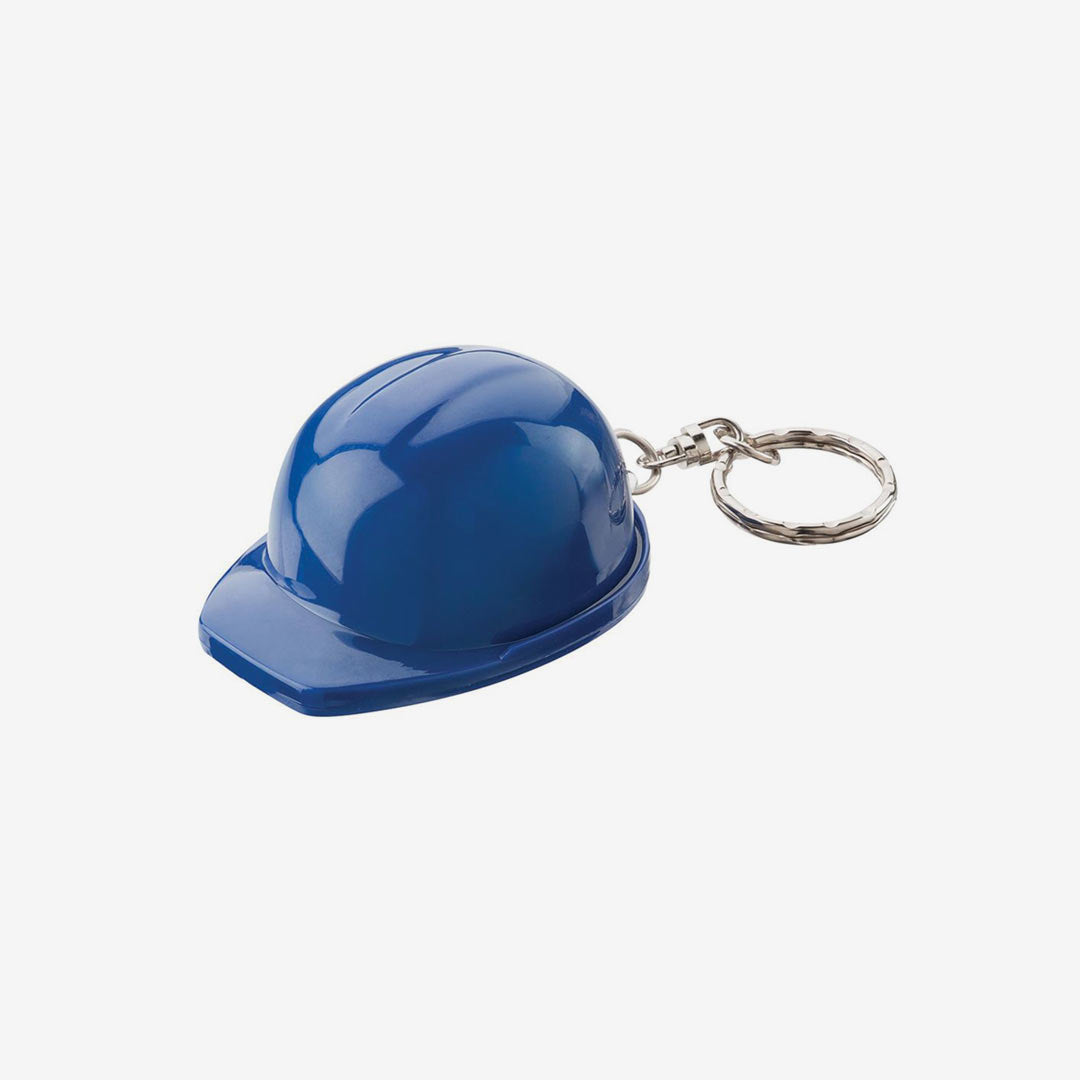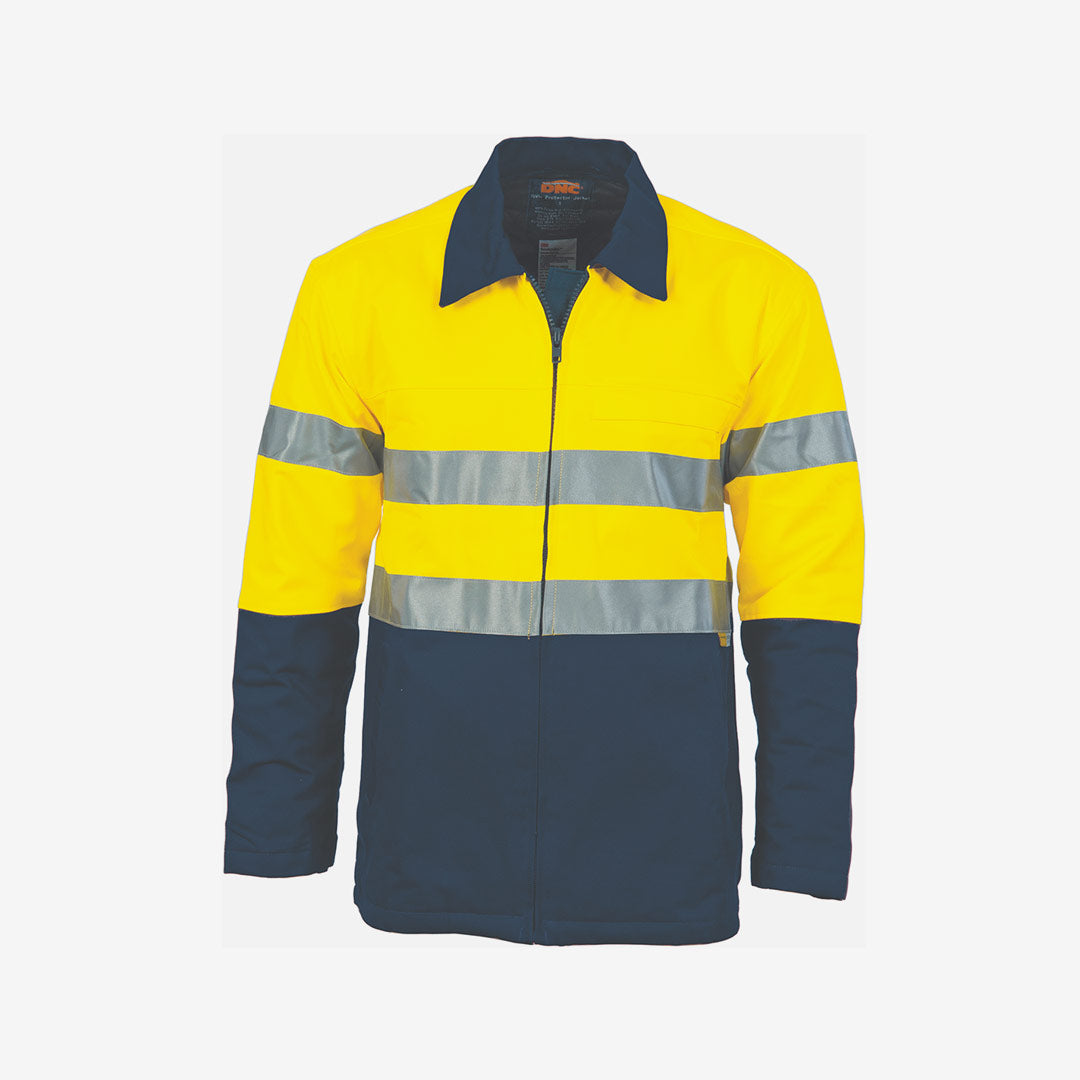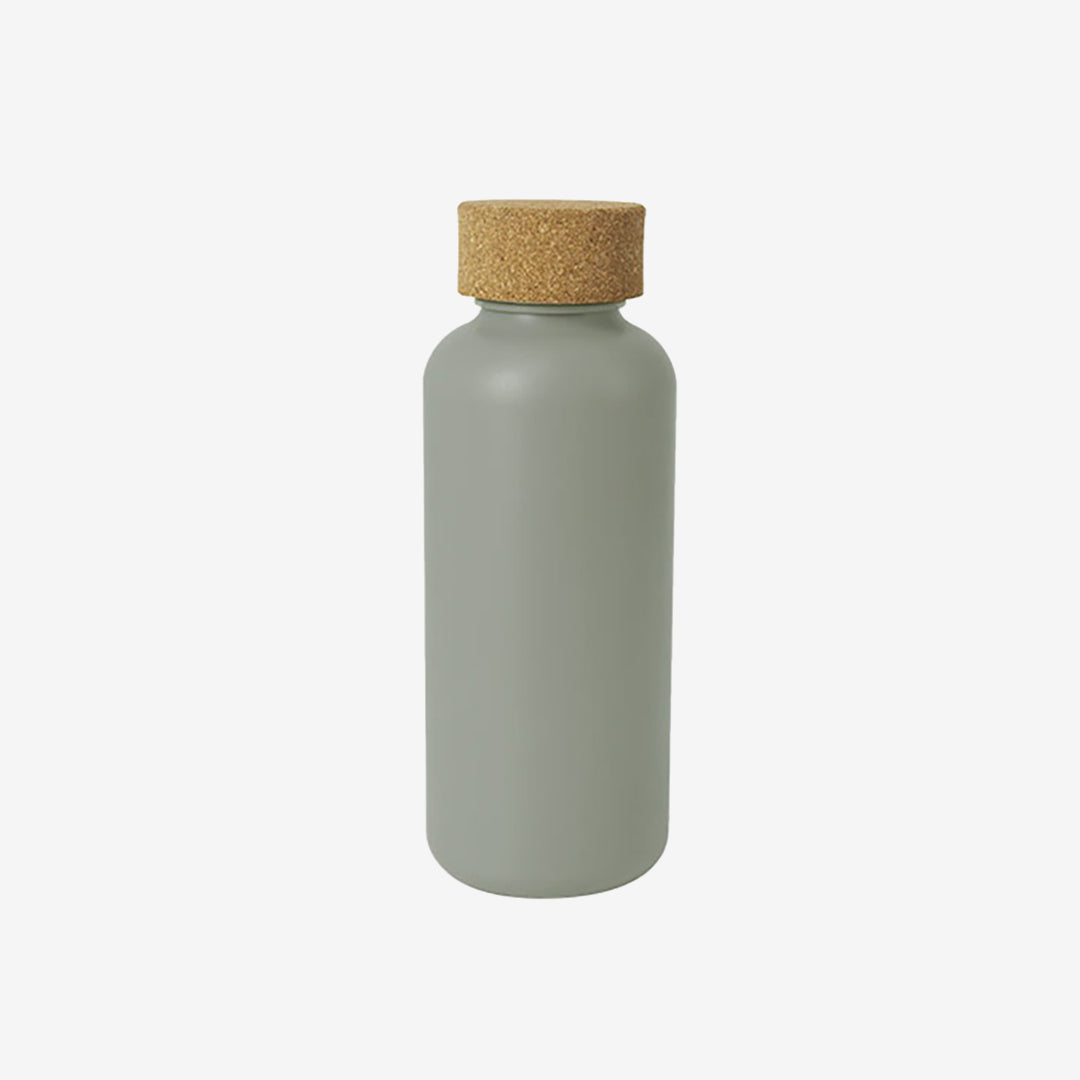What's the Difference Between Pantone, CMYK, and Hex Colours Explained
The world of merch and graphic design can be a confusing one to a laymen. Before the lingo and complexities cause you to break down, let’s break them down first.
What's the Difference Between Pantone, CMYK, and Hex Colours Explained

Pantone (sometimes referred to at PMS), CMYK, and hex colours are different colour systems used in design, each with its own purpose and characteristics.
Whether you’re an SME wearing the hats of content creator, marketing manager, CRO to CEO, or just want to have more knowledge to relate to your department creatives, here's a brief explanation of each and how they relate to print:
-
Pantone Colours: Pantone Matching System (PMS) is a standardised colour reproduction system used in various industries, particularly in printing. Pantone colours are pre-defined swatches with specific colour formulas assigned to them, each with a unique code making it easy to ensure colour consistency across different materials and printing processes.
Pantone colours are commonly used for branding and corporate identity, where precise colour matching is crucial. You may have also heard of 'Pantone of the year' – a highly anticipated announcement where a unique hue is crowned king each year!

-
CMYK Colours: CMYK stands for Cyan, Magenta, Yellow, and Key (black), which are the primary colours used in four-colour process printing. In CMYK printing, colours are created by combining different percentages of these four ink colours.
CMYK is a subtractive colour model, meaning that colours are created by subtracting light from white paper and is widely used in colour printing, particularly for full-colour photographs and multi-colour designs.
However, it's important to note that CMYK colours may not always perfectly match Pantone colours due to differences in colour gamut.

-
Hex Colours: Hexadecimal (hex) colours are a digital colour representation used primarily for web design and digital media. Any amateurs out there may recognise the iconic (and confusing) hexagon colour system.
Hex colours are six-digit codes representing the intensity of red, green, and blue (RGB) light in a colour. Each pair of digits in a hex code represents the intensity of one of the RGB colours, ranging from 00 (no intensity) to FF (full intensity).
Hex colours are commonly used in HTML and CSS to specify colours for websites and digital graphics.

Conclusion
All three variations are important in your overall branding and style guide, which is why you'll often see each separately identified.
Yet, when it comes to printing, remember Pantone colours are often used for precise colour matching and brand consistency, especially for logos and brand identity elements.
CMYK colours are used for full-colour printing and are suitable for most colour printing applications.
Hex colours, on the other hand, are used primarily for digital media and are not directly applicable to print unless converted to CMYK or Pantone colours for printing purposes.
Need some more ‘back to basics’ info? Check-out our latest news and blogs, including breaking down a vector file, and defining employee branding.




